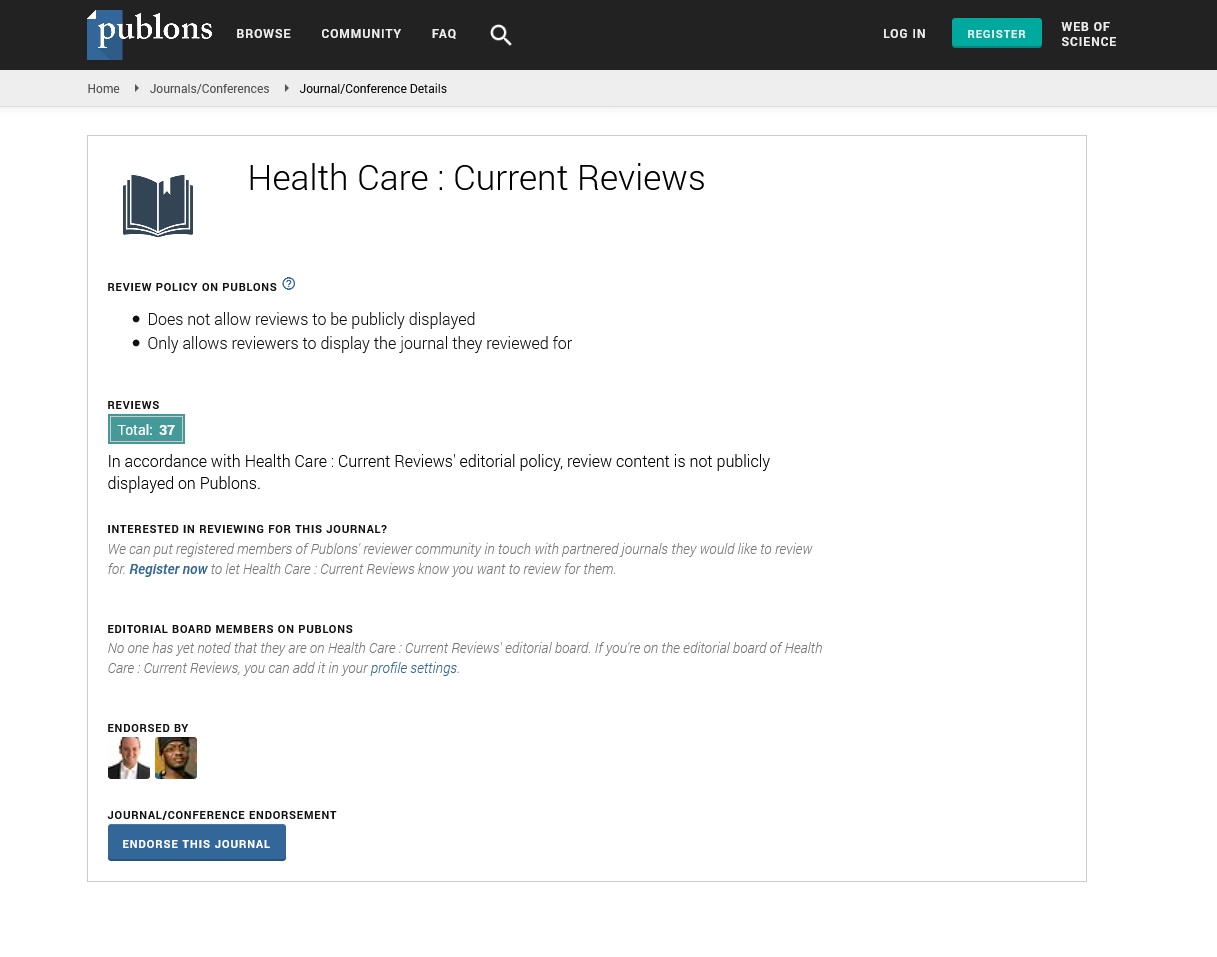Indexed In
- Open J Gate
- Academic Keys
- RefSeek
- Hamdard University
- EBSCO A-Z
- Publons
- Geneva Foundation for Medical Education and Research
- Google Scholar
Useful Links
Share This Page
Journal Flyer

Open Access Journals
- Agri and Aquaculture
- Biochemistry
- Bioinformatics & Systems Biology
- Business & Management
- Chemistry
- Clinical Sciences
- Engineering
- Food & Nutrition
- General Science
- Genetics & Molecular Biology
- Immunology & Microbiology
- Medical Sciences
- Neuroscience & Psychology
- Nursing & Health Care
- Pharmaceutical Sciences
Activity of chikungunya and its molecular status in the state of West Bengal
3rd Indo-Global Summit & Expo on Healthcare
October 05-07, 2015 New Delhi, India
Shyamalendu Chatterjee, Tanuja Khatun, Rajendra Prasad Chatterjee and Ravi Singh
ICMR Virus Unit, India
Posters-Accepted Abstracts: Health Care: Current Reviews
Abstract:
Background: Re-emergence of chikungunya virus (CHIKV) in West Bengal was detected after almost 40 years, in the year 2006, after its last visit in 1963-1965 in this state, when an outbreak of fever occurred in Baduria village (West Bengal, India) in October 2006. The symptoms of CHIKV infection are similar to those of dengue virus (DENV) infection. By 2009, CHIKV had spread rapidly within ten districts of West Bengal. Middle-aged women (age group 31-40 years) were predominantly affected. Methods: Serum samples were tested for detection of IgM antibody to CHIKV and DENV and the etiological agent was detected as CHIKV. RT-PCR was carried out for confirmation of CHIKV infection. Attempts were made to isolate CHIKV from 20 acute CHIKV RT-PCR positive samples in C6/36 mosquito cell line. Isolation was confirmed through RT-PCR and sequencing. Result & Conclusion: This report highlights the rapid dominating activity of CHIKV with dengue-like clinical features and gradual decline of the Chikungunya activity in dengue-endemic regions like West Bengal. Our study also revealed that two sub-lineages of ECSA genotype of CHIKV strains were circulating simultaneously in this state; one type was circulating in rural/semi urban areas of the state from the year 2006 whereas another type was isolated from the metropolitan city of Kolkata in the year 2011 and 2012. Mutational pattern of those CHIKV strains suggest that the transmission of the viruses might have facilitated by different species of Aedes mosquitoes. Our results represent an important first step towards understanding the circulating strains of CHIKV in the state of West Bengal with the geographical variation.

